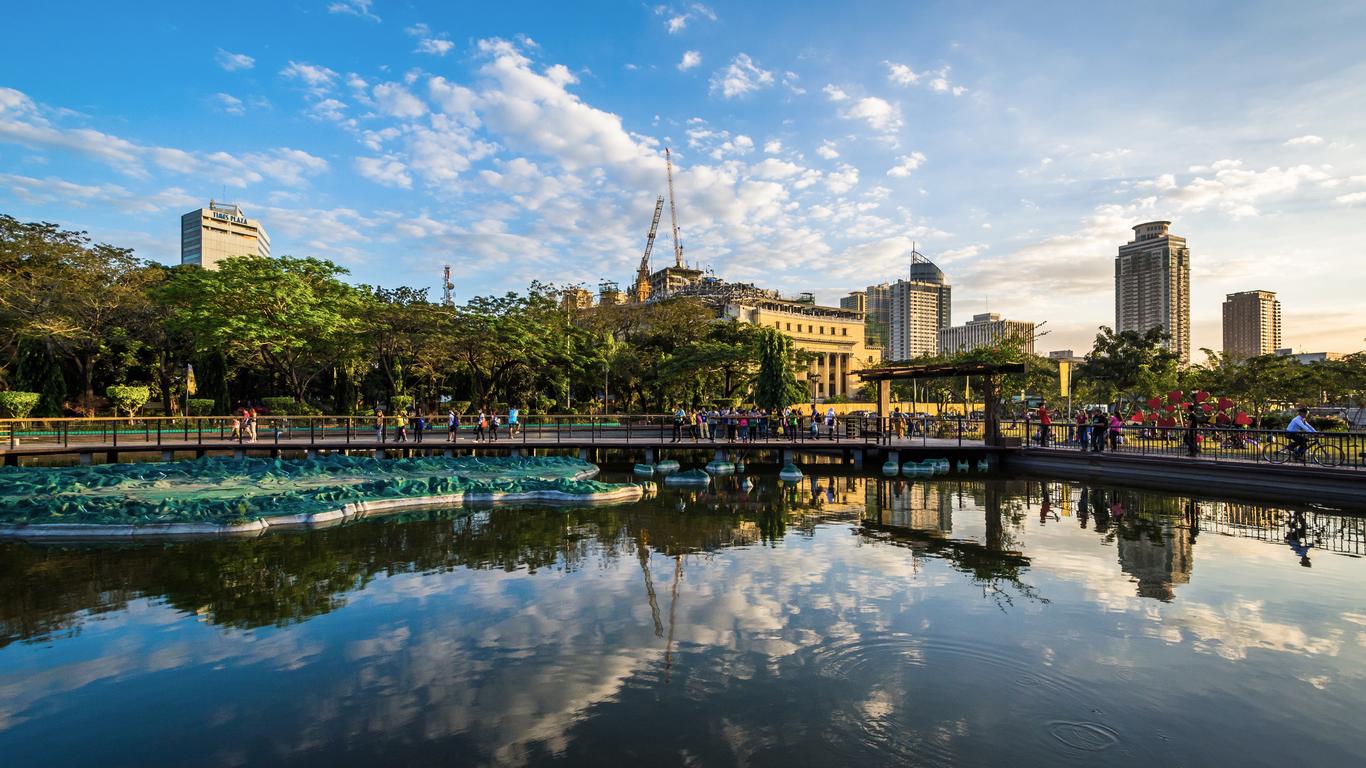Flowering green parks and crumbling colonial architecture fill the district of Ermita in Manila. Wrapped around the waters of Manila Bay, between Malate and Intramuros, Ermita is home to some of Manila's finest old architecture and museums. From odes to 16th century Spain to the grand mansions of American occupation, this is a district that's very easy on the eyes. It also has a relaxed ambience that isn't normally associated with Manila, as visitors can lounge in the tree-lined parks, wander past decadent neoclassical buildings and spend an afternoon at one of the outdoor terraces along Adriatico Street.
It's the parks that really symbolise Ermita's atmosphere. Rizal Park is the best in Manila, a huge green space that's sprinkled with statues and monuments. Winding towards Intramuros and enhanced by the soft ocean breeze, it's an idyllic place to escape the city's busy streets. Mehan Garden is smaller and was the first ever botanical garden in Asia. Manila Ocean Park and the National Museum of the Philippines are located close to each other, while the National Museum of the Filipino People is another worthy museum to spend a morning. Two of the most famous buildings in Ermita are the Department of Tourism and Manila Central Post Office Building, opulent structures with colossal columns guarding their entrance. Their neoclassical design contrasts the art deco of the Metropolitan Theater, which is very impressive even its dilapidated state.
The Manila LRT runs beneath Ermita, and there are three stations to alight at including Pedro Gil, United Nations that is best for Rizal Park, and Central Terminal that is closest to the most famous buildings. The district is a relatively short distance from Manila International Airport and the journey will take less than 30 minutes at most times of day, but upwards of an hour during morning and afternoon rush hour.
Ermita translates as “hermitage” in Spanish, a reference to the district's origins when a 16th century image of Nuestra Senora de Guia was brought to the Philippines and hidden in a small monastery where Ermita Church is now situated.





